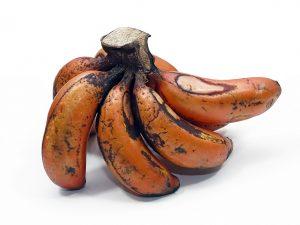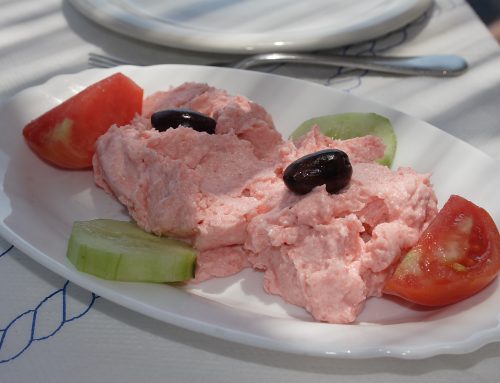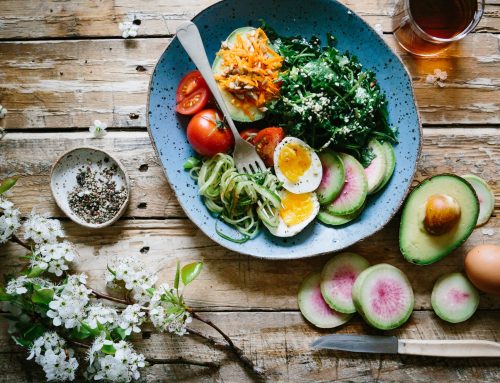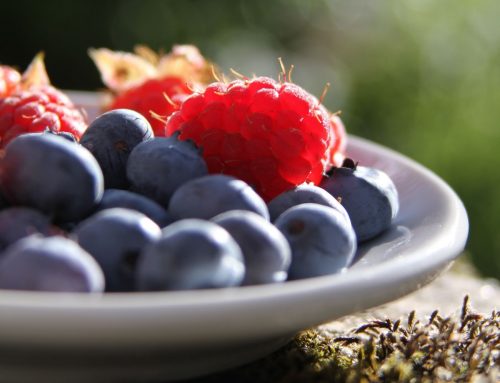There’s a bit of confusion surrounding bananas. Some people consider this iconic golden fruit a healthy choice while others avoid it, after seeing it on Internet lists of “5 Worst Foods.” Unfavorable claims suggest that bananas cause weight gain and constipation. An article from 1917 published in the Journal of the American Medical Association defended the nutritional value of bananas, citing rumored beliefs during that time: “The banana is a cause of indigestion and a treacherous dietary component…”.
The scientific name for banana is Musa, from the Musaceae family of flowering tropical plants, which distinctively showcases the banana fruit clustered at the top of the plant. The mild-tasting and disease-resistant Cavendish type is the main variety sold in the U.S. and Europe. Despite some negative attention, bananas are nutritious and may even carry the title of the first “superfood,” endorsed by the American Medical Association in the early 20th century as a health food for children and a treatment for celiac disease.
Source of
- Vitamin B6
- Fiber
- Potassium
- Magnesium
- Vitamin C
- Manganese
One serving, or one medium ripe banana, provides about 110 calories, 0 gram fat, 1 gram protein, 28 grams carbohydrate, 15 grams sugar (naturally occurring), 3 grams fiber, and 450 mg potassium.
Types
- Banana (Cavendish) – Sometimes classified as a “dessert banana,” this classic type is mildly sweet when ripe. Choose bananas with green or clear yellow peels without bruising. The ripening process will change the peel from being thick and stiff to thin and more flexible, with brown spots surfacing until the entire peel darkens. For best flavor, wait until the banana is golden yellow with a few brown spots. With continued ripening, the entire peel turns brownish-black and the pulp begins to ferment and soften further while losing sweetness.
The following are other banana varieties less commonly available in the U.S.
- Plantain (Green Banana) – Larger, starchier, and less-sweet version of Musa that is often used for cooking. When green, the plantain is unripe with a neutral flavor and firm flesh. In certain tropical regions including Central America, Africa, and the Philippines, the plantain is a major source of carbohydrate that is fried, boiled, or baked in a wide variety of dishes. If allowed to mature, the skin will yellow and develop a slightly sweet flavor that may be eaten raw or cooked.
 Red Banana – This variety is shorter and plumper than the Cavendish variety with a dark reddish-purple hue. A ripe red banana will be creamy and often sweeter than Cavendish bananas.
Red Banana – This variety is shorter and plumper than the Cavendish variety with a dark reddish-purple hue. A ripe red banana will be creamy and often sweeter than Cavendish bananas.- Lady Finger – Thinner and slightly shorter than the Cavendish bananas, they are sweeter and eaten raw or as dessert.
Bananas and Health
- Cardiovascular health. Bananas are an excellent source of potassium, a vital mineral and electrolyte in the body that carries a small electrical charge. These charges cause nerve cells to send out signals for the heart to beat regularly and muscles to contract. Potassium is also needed to maintain a healthy balance of water in cells, and offsets the effects of excess dietary sodium. An imbalance in the diet of too little potassium and too much sodium can lead to high blood pressure. Excessive sodium can lead to a buildup of fluid in the blood, placing pressure on the walls of blood vessels and eventually causing damage. Potassium helps the body to flush out extra sodium in the urine, and eases tension in blood vessel walls. Bananas, rich in potassium and fiber and low in sodium, are an important component of heart-healthy diets like DASH (Dietary Approaches to Stop Hypertension) that aims for about 4,700 mg dietary potassium daily.
- Digestive health. Bananas are included in the BRAT diet (an acronym for Bananas, Rice, Applesauce, Toast), a once commonly prescribed regimen for patients with diarrhea or who required a bland, easy-to-digest diet after stomach ailments. Not just easy to eat, bananas can help replete electrolytes like potassium that are lost with diarrhea or vomiting, and contain resistant starch (especially if using cooked less-ripe green bananas) that may support gut healing.
Unripe bananas contain resistant starch, a type of carbohydrate that “resists” digestion in the small intestine. It is absorbed slowly and does not cause sharp rises in blood sugar. The starch acts as food for the growth of beneficial microbes in the digestive tract. Microbes break down and ferment the starch as it passes into the large intestine, producing short-chain fatty acids (SCFA) that may play a role in the prevention of chronic diseases including digestive disorders. Clinical studies have shown the potential use of SCFA in the treatment of ulcerative colitis, Crohn’s disease, and antibiotic-associated diarrhea. - Weight control. There is no evidence that bananas contribute to weight gain, despite popular belief. In an analysis of three large prospective cohort studies, researchers looked for associations between reported intakes of specific fruits and vegetables and weight changes in 133,468 U.S. men and women followed for up to 24 years. The results were adjusted to account for other factors that can contribute to weight changes like smoking and physical activity. Though higher intakes of apples, pears, and berries tended to more strongly show a link to less weight gain over time, bananas were also associated with less weight gain.





